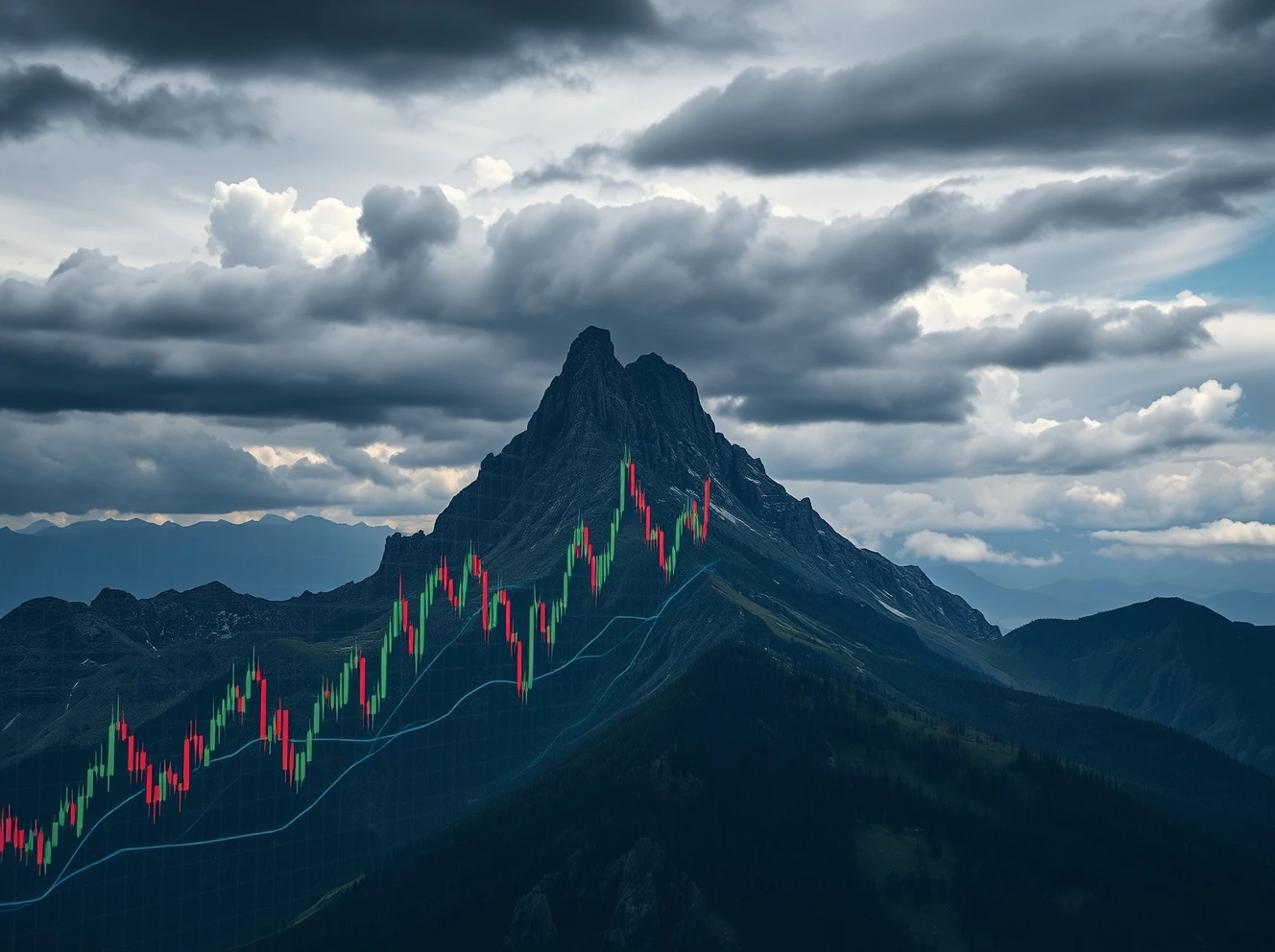Investors worldwide now question whether stocks approach a critical market top. Recent volatility and economic uncertainty create urgent concerns. Consequently, market participants seek clear indicators of potential reversals. Understanding these signals becomes essential for portfolio protection.
Key Market Top Indicators to Monitor
Several technical and fundamental factors suggest potential market tops. First, excessive valuation levels often precede corrections. Additionally, extreme investor sentiment signals potential trouble. Market breadth deterioration also provides early warnings. Furthermore, economic cycle analysis offers crucial context.
Technical Analysis Market Top Signals
Technical analysts identify specific chart patterns indicating market tops. These patterns include:
- Double top formations showing rejection at resistance levels
- Divergence patterns between price and momentum indicators
- Volume confirmation during breakdowns from key support
- Moving average crossovers signaling trend changes
Economic Indicators and Market Cycles
Economic data provides context for market top analysis. Central bank policies significantly impact market cycles. Interest rate changes often trigger major turning points. Moreover, inflation data influences investor expectations. Corporate earnings growth rates also matter greatly. Finally, employment trends affect consumer spending patterns.
Sentiment Analysis at Market Tops
Investor sentiment reaches extremes near market tops. Several sentiment indicators flash warning signals. The put/call ratio shows option trader positioning. Additionally, the VIX volatility index measures fear levels. Margin debt levels indicate speculative excess. Finally, advisory sentiment surveys reveal professional opinions.
Historical Market Top Patterns
Historical analysis reveals consistent market top characteristics. Previous cycles show similar warning signs. For instance, the 2000 and 2007 market tops shared common features. Valuation extremes preceded both major declines. Additionally, monetary policy tightening contributed to reversals. Sentiment indicators also showed similar patterns.
Risk Management During Potential Market Tops
Investors should implement specific strategies during potential market tops. Portfolio diversification becomes increasingly important. Position sizing adjustments help manage risk exposure. Stop-loss orders protect against significant losses. Furthermore, cash allocation provides buying opportunities later.
Current Market Environment Analysis
The current market shows mixed signals regarding potential tops. Some indicators suggest continued strength. However, other metrics flash warning signs. Valuation metrics remain elevated in certain sectors. Meanwhile, monetary policy uncertainty creates headwinds. Geopolitical factors also contribute to market volatility.
FAQs About Market Tops
What are the most reliable market top indicators?
The most reliable indicators include valuation extremes, sentiment extremes, and technical breakdowns. These factors combined provide strong warning signals.
How long do markets typically stay at tops?
Market top formations vary in duration. Some tops form quickly over weeks. Others develop gradually over several months.
Can markets recover after hitting a top?
Markets can recover if fundamental conditions improve. However, significant tops often lead to extended bear markets.
What sectors typically lead during market tops?
Defensive sectors often outperform during topping phases. Utilities and consumer staples frequently show relative strength.
How should investors position for potential tops?
Investors should maintain diversified portfolios. They should also consider reducing leverage and increasing cash positions.
Do all market tops lead to bear markets?
Not all market tops result in bear markets. Some lead to corrections followed by renewed uptrends.








